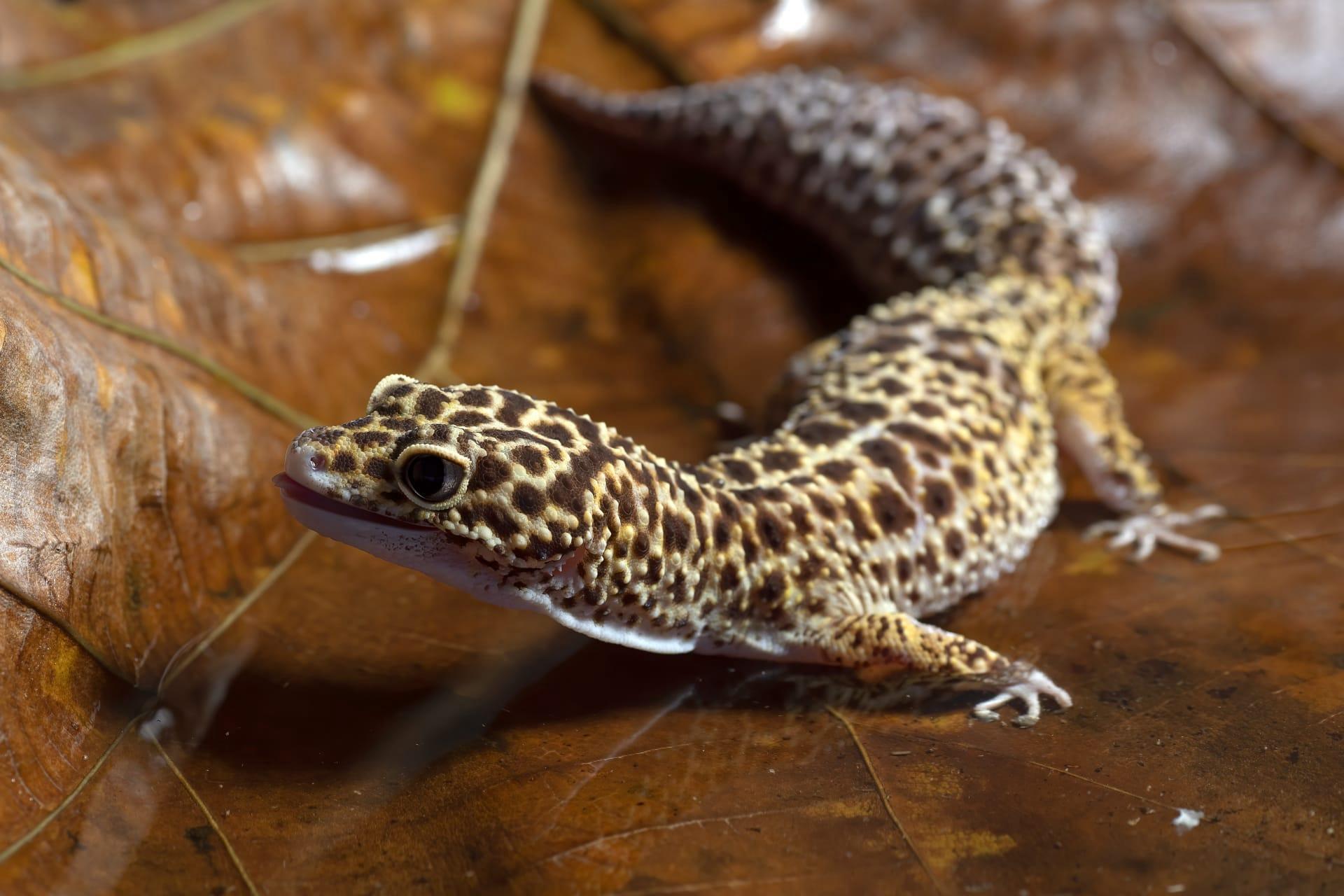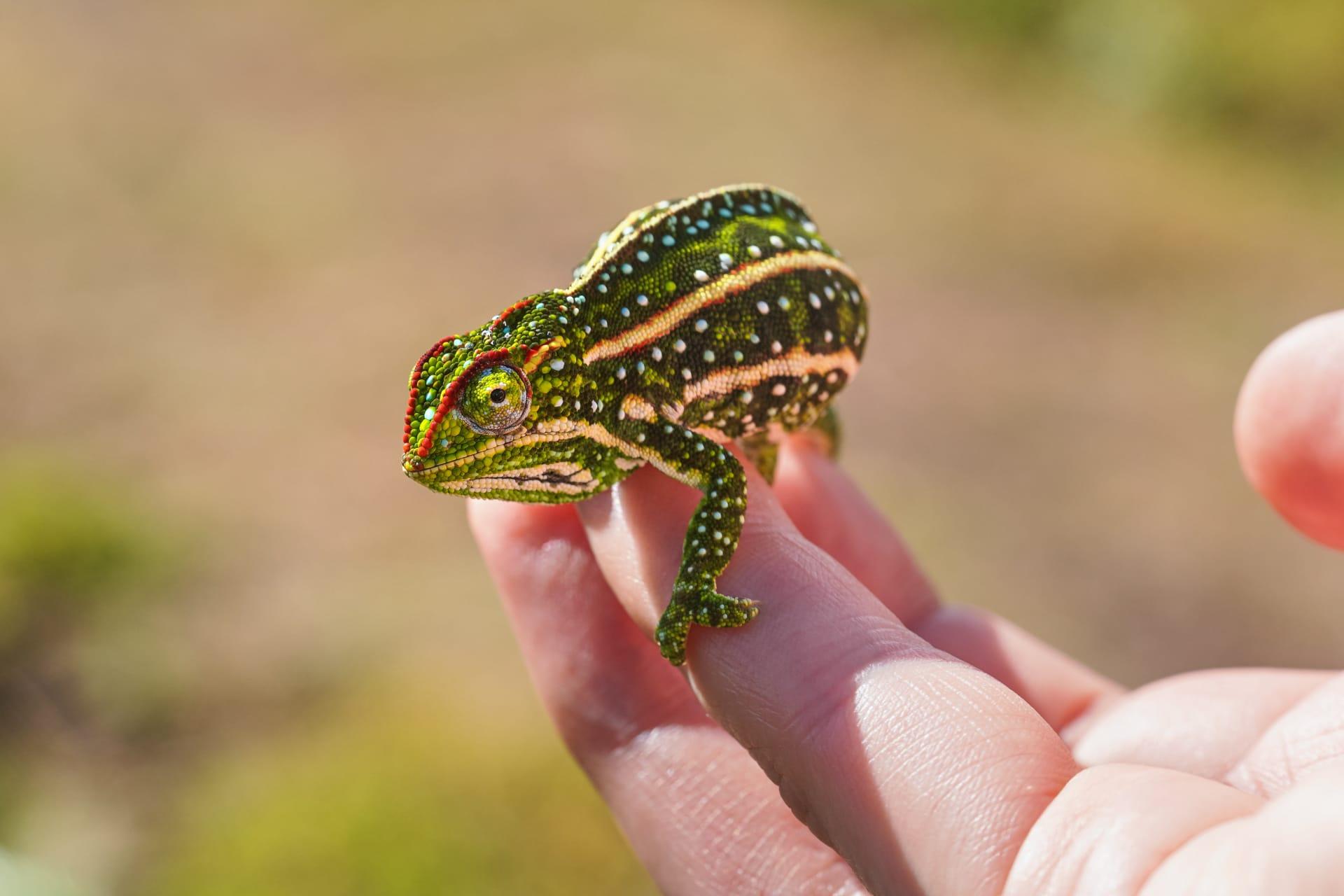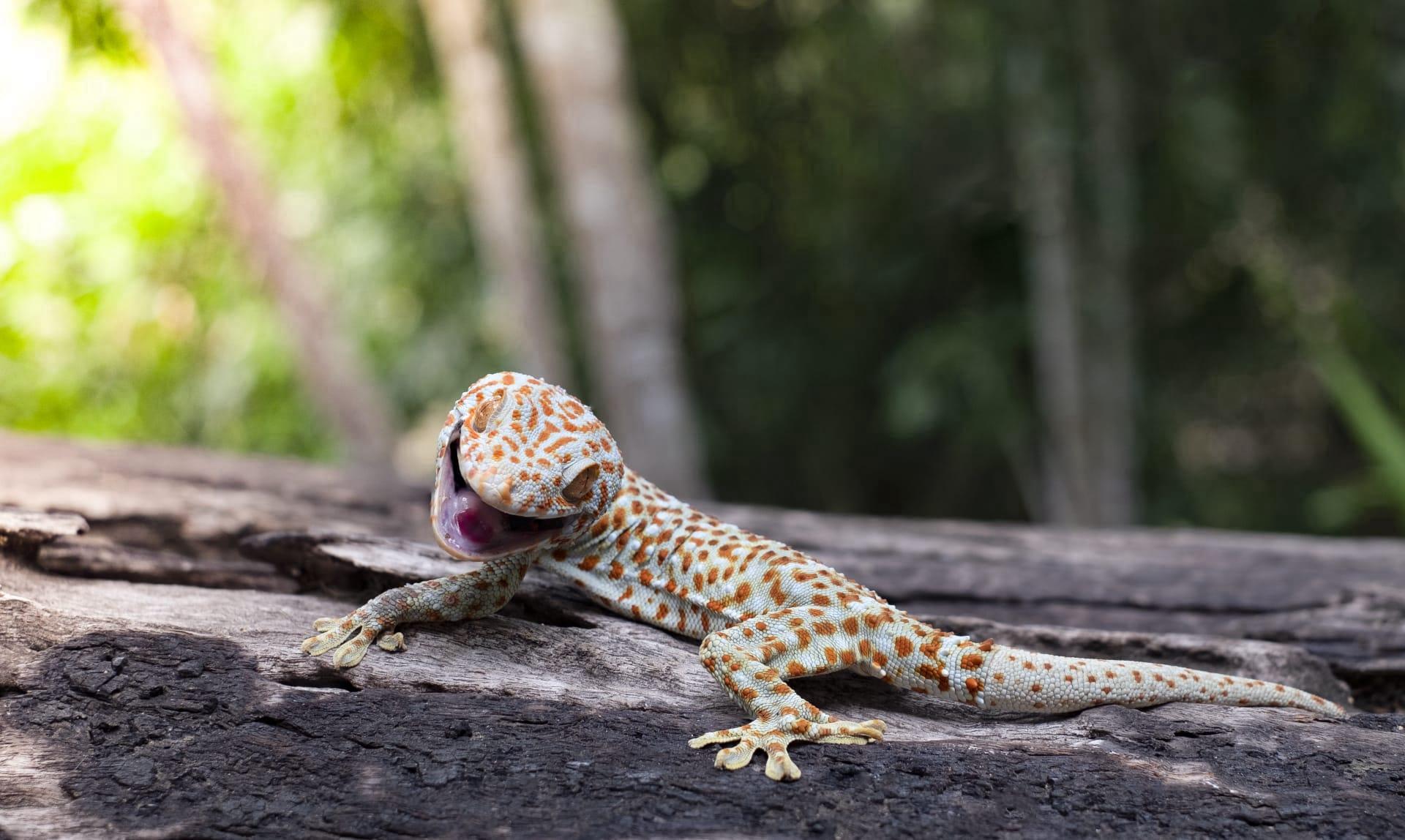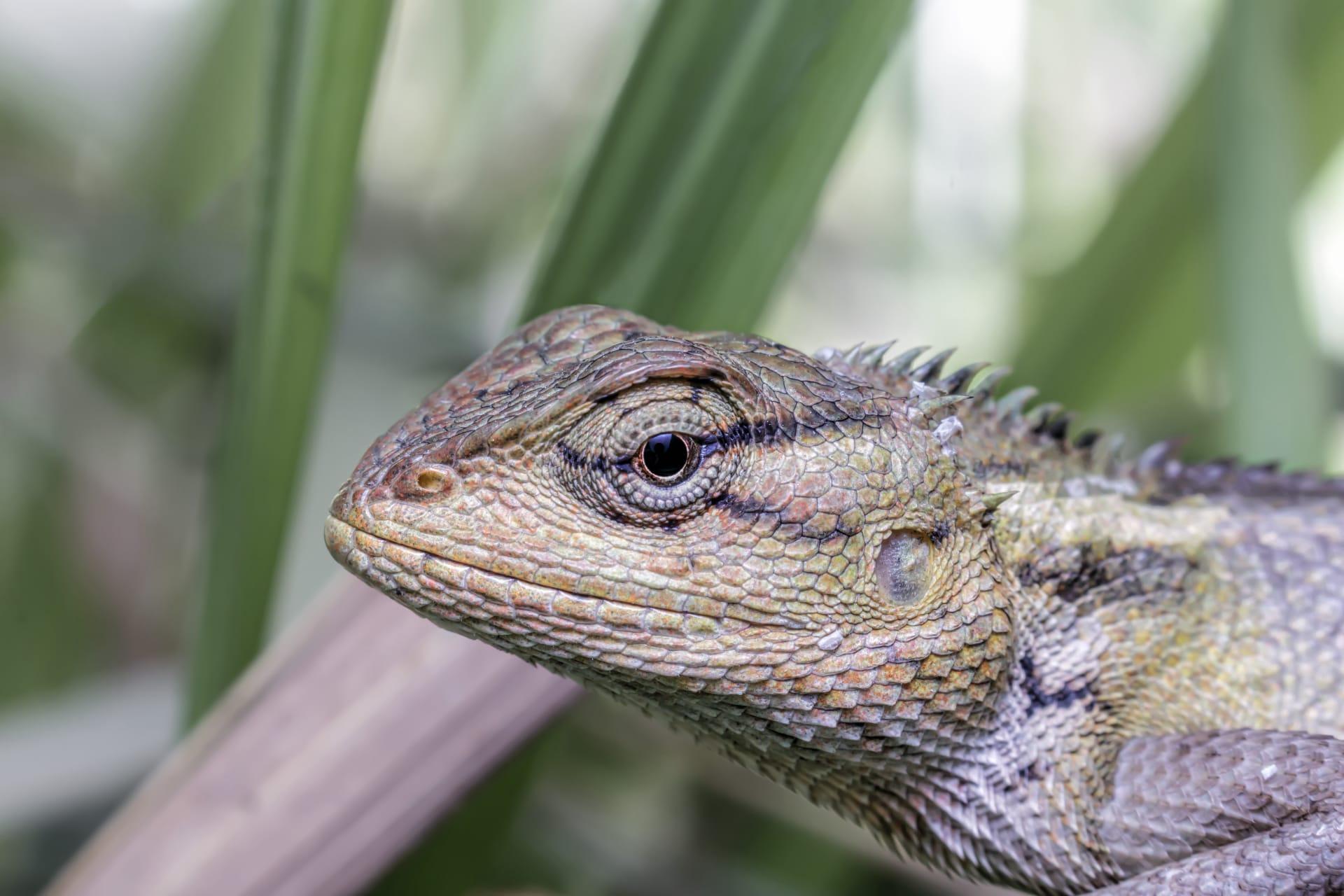Iguana Trivia
- Home /
- Trivia Question /
- Animal /
- Iguana Trivia
1
Question: How long can iguanas grow, and does their size vary by species?
Answer: Iguanas are impressive reptiles known for their size, with some species like the Green Iguana reaching lengths of up to 6 feet (about 1.8 meters), including their tail. However, size varies among species. For instance, the Lesser Antillean Iguana typically grows only up to 3 feet (about 91 cm). Their large tails account for over half their length.
Question: What is the lifespan of an iguana in the wild compared to captivity?
Answer: In the wild, iguanas usually live around 10-15 years. However, in captivity, with proper care, they can live significantly longer, often reaching 20 years or more. The longest recorded lifespan of an iguana in captivity is over 29 years, highlighting the impact of environment and care on their longevity.

2
Question: Is it true that iguanas can detach their tails to escape predators?
Answer: Yes, iguanas have a unique defense mechanism where they can detach their tails when caught by predators. This process, known as caudal autotomy, allows them to escape and eventually regrow a new tail, though it might not be as long or colorful as the original.
Question: Do iguanas change color like chameleons?
Answer: Contrary to popular belief, iguanas don't change colors as dramatically as chameleons. While they may exhibit some color changes due to mood, temperature, or health, these changes are generally subtle and not as varied or vivid as those seen in chameleons.

3
Question: What do iguanas primarily eat, and does their diet change with age?
Answer: Iguanas are primarily herbivores, feeding on a variety of leaves, flowers, and fruits. Young iguanas might consume insects, but as they grow, their diet shifts entirely to plants. It's crucial for captive iguanas to have a balanced diet rich in calcium and low in protein to avoid health issues.
Question: Can iguanas swim, and how do they use this ability in the wild?
Answer: Iguanas are excellent swimmers. They use their powerful tail to propel themselves in water. In the wild, swimming aids in escaping predators, traveling between islands, and finding food. They can hold their breath underwater for up to 30 minutes, an adaptation that's also useful for evading threats.

4
Question: How do iguanas communicate with each other?
Answer: Iguanas communicate through a range of visual signals, such as head bobs, dewlap displays (expanding the skin flap under their chin), and body postures. These signals can indicate territoriality, aggression, courtship, and submission. They're more visual than vocal, relying on these displays for social interactions.
Question: Are iguanas solitary or social animals?
Answer: Generally, iguanas are solitary animals, especially males, which can be territorial. However, in areas with abundant resources, they might be seen basking in groups. During the breeding season, males become more territorial, and social dynamics can be more complex with interactions for mating.

5
Question: Do iguanas have good eyesight, and how do they use it?
Answer: Iguanas have excellent eyesight, which they use to navigate through complex environments, find food, and spot predators from long distances. Their eyes can perceive a range of colors, movement, and even ultraviolet light, which is essential for finding basking spots and recognizing other iguanas.
Question: How do iguanas regulate their body temperature?
Answer: As cold-blooded animals, iguanas regulate their body temperature externally. They bask in the sun to warm up and seek shade or water to cool down. This thermoregulation is crucial for their metabolism, digestion, and overall health. They need a range of temperatures in their environment to maintain optimal body function.